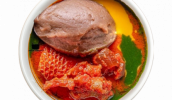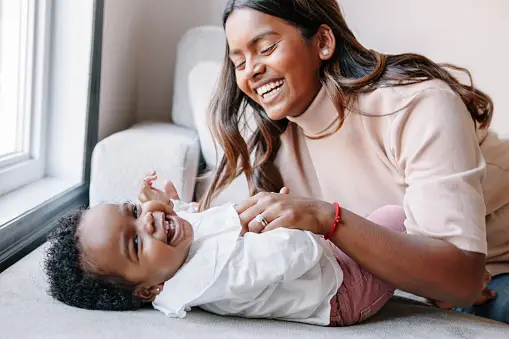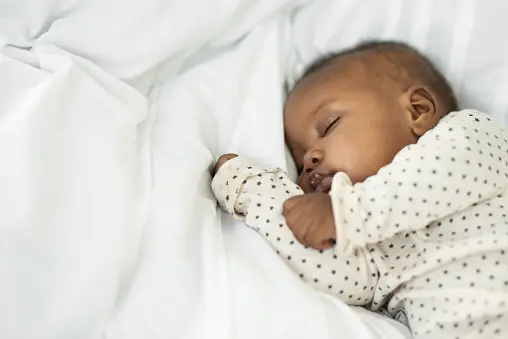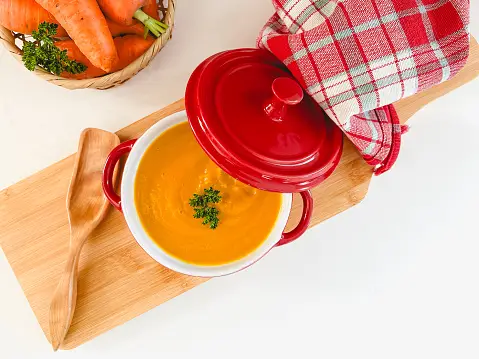Malaria is a disease prominent in Sub-Saharan Africa and has been declared endemic in certain countries. This deadly disease is spread by certain mosquitoes, such as the female anopheles mosquito, which carries the parasite Plasmodium, which is responsible for transmitting the parasite. Plasmodium is present in about five species: Plasmodium Vivax, falciparum, malaria, knowlesi and ovale. Out of these five, about three are more prominent in Africa.
Malaria, when untreated, can escalate highly from its little symptoms to a deadly situation, which can result in death. Its effect on young children, if left untreated, is most likely death and loss of life while reducing their quality of life. Therefore, it's essential to understand the signs and symptoms of malaria to get it treated in children, especially since they have a less robust immune system than adults.
Signs and symptoms of malaria in children under 2 years
The key symptoms that may predominate in children include fever, headache and gastrointestinal symptoms among the various malaria symptoms seen in adults. Nausea and vomiting are also seen in children, coupled with acute diarrhoea and sometimes pneumonia. Muscle aches, tiredness, drowsiness and flu-like illness may be present.
Some symptoms parents may notice could be irritability in sleeping, loss of appetite and drowsiness. These same patterns of symptoms, especially fever, may repeat every 2-3 days depending on what parasite causes the malaria.
Prevention of malaria in young children
Malaria can be prevented in young children by a series of actions that can keep away mosquitoes, thereby preventing the transmission of the parasite that causes malaria. These include:
- The use of insect repellent to kill and ward off mosquitoes.
- Use insect-treated mosquito nets to prevent mosquito bites in mosquito-infested areas.
- Keep the environment clean and remove stagnant waters to prevent breeding grounds for mosquitoes.
- Install window nets in your houses.
- Most times, ensure to stay indoors with your child when it's time for mosquito activity, usually during nighttime.
- You can cover your child's skin with long sleeves or pants; however, this can be restricted by the weather or season.
How to treat malaria in children under two years of age
Malaria can be treated via oral medications, intravenous injections and intramuscular and subcutaneous injections. Before treating malaria in children, it's important that tests are carried out and it's confirmed that the child has malaria.
Specific symptoms that may be indicative of malaria could also be indicative of other diseases; therefore, it's important to check with a doctor and confirm your child's diagnosis.
Antimalarials are usually given to children under two years of age. Malaria medications such as artemisinin combination therapy (ACT), quinine, amodiaquine, or atovaquone-proguanil. Children with severe children can be given intravenous administration to ensure faster treatment.
Treating and preventing malaria is important in the eradication of malaria from children and adults. Many children die yearly from malaria in Africa. And with the various treatments available, we can now reduce the risk of death from Malaria.
Frequently Asked Questions (FAQs)
- Can I give my baby malaria drugs if they have a high fever?
Fever could be a symptom of another illness apart from malaria.
- Is it compulsory to carry out a malaria test in children?
It is better to ascertain the actual disease, which could be responsible for whatever symptoms.
- Can I give my one-year-old malaria agbo?
Most malaria agbo contain substances that aren't necessarily safe for human consumption. Check-in with your doctor before taking any action.










Comments